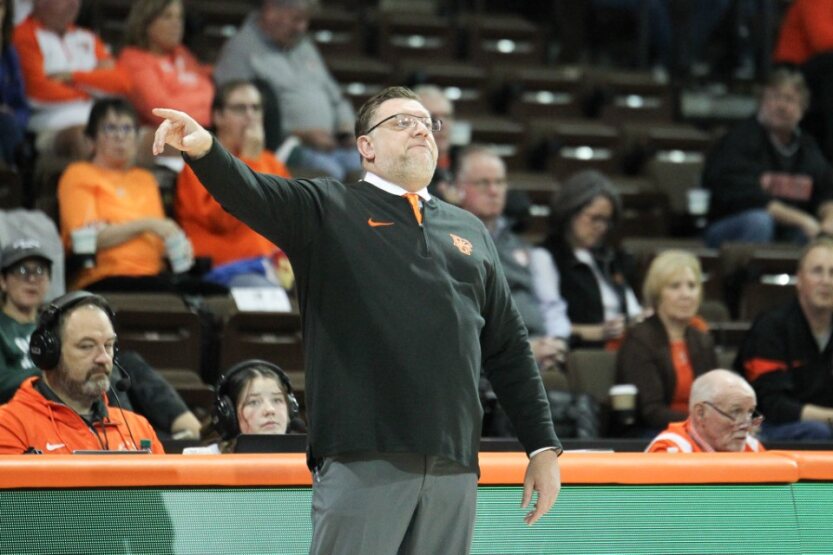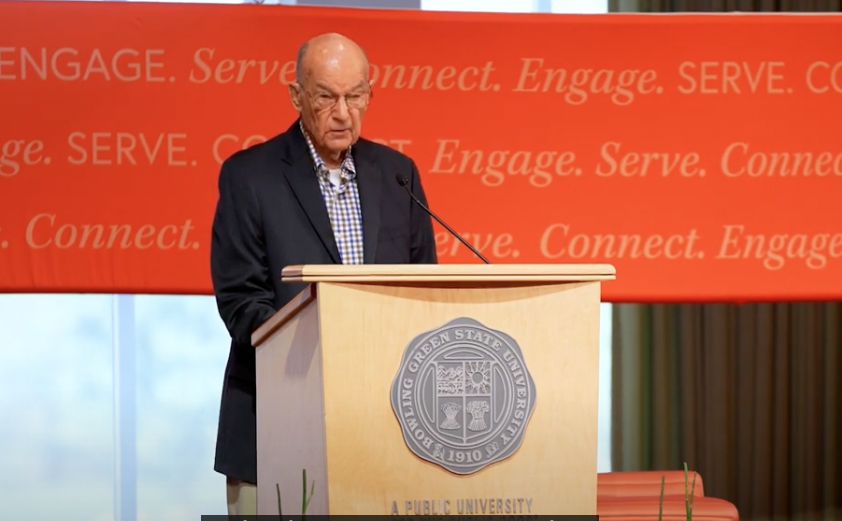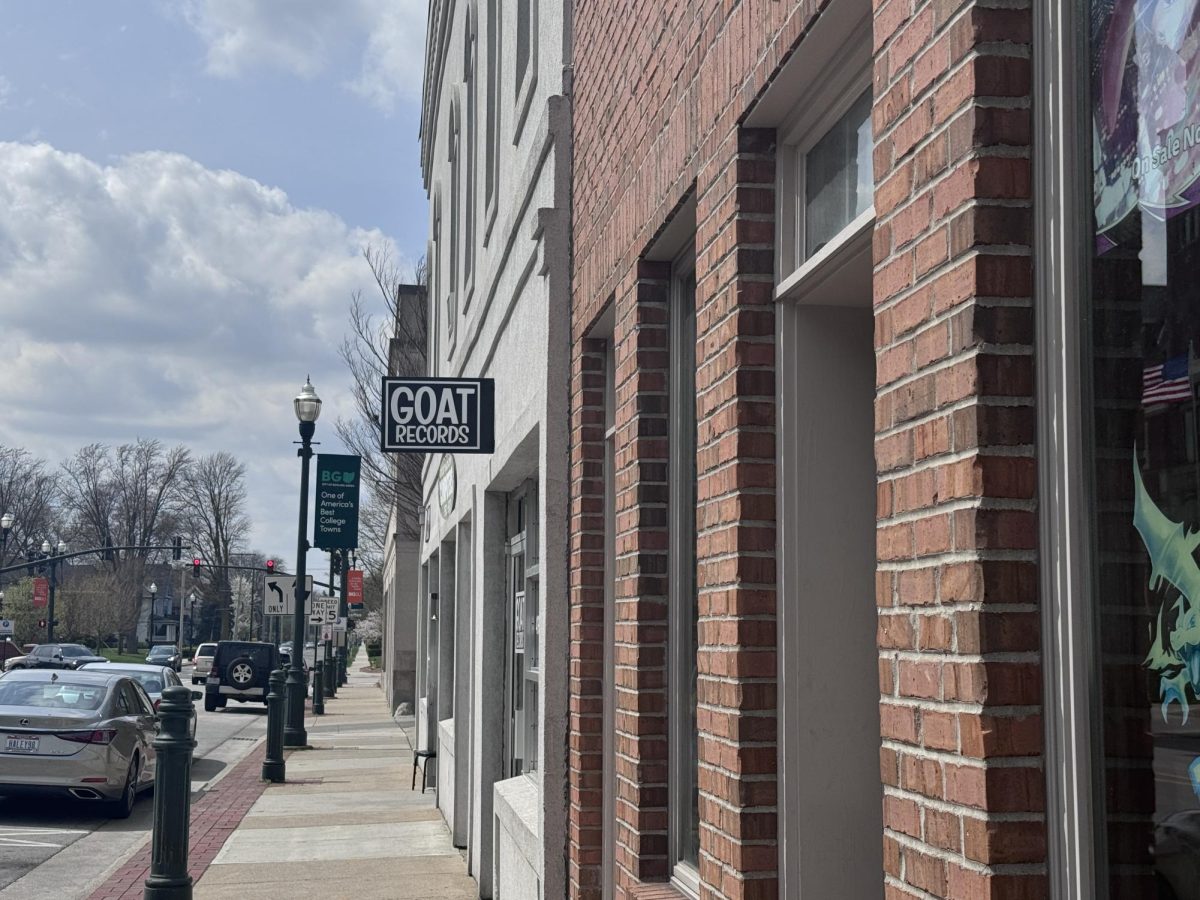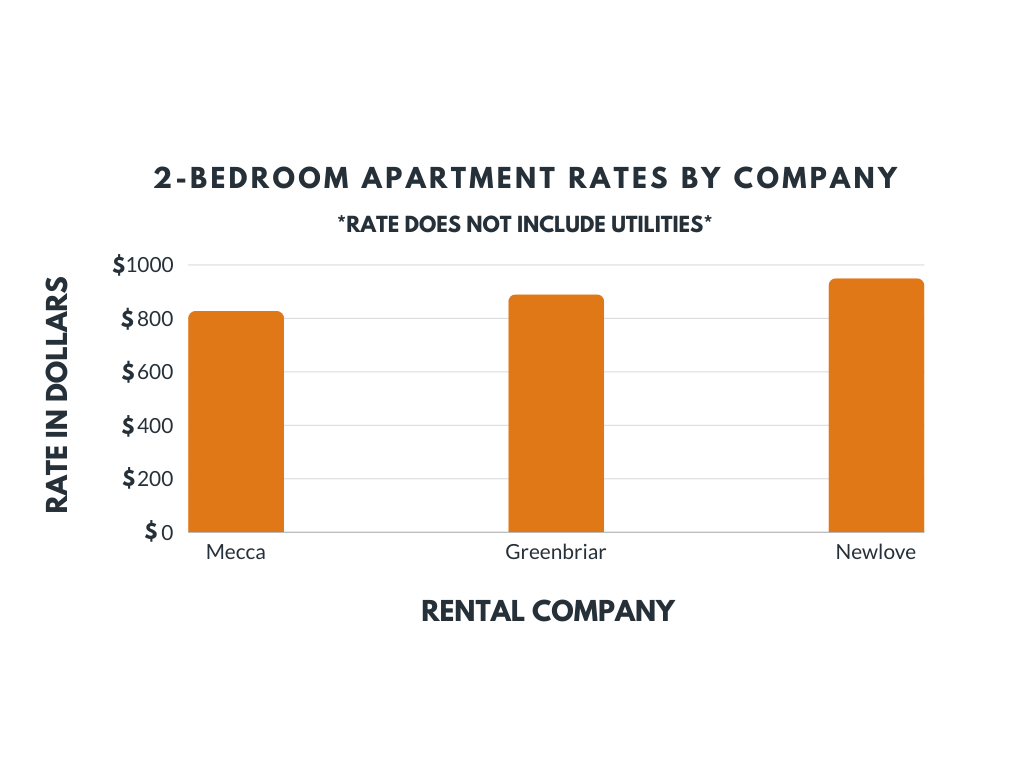The Chronicle of Higher Education reported that college freshmen are more diverse than the nation as a whole because of the diversity of younger generations and a greater focus by colleges on developing diverse enrollments.
Although the numbers fluctuate slightly from year to year overall the University has reflected this general trend and has seen an increase in diversity over several decades. The University typically floats around 20 percent diverse students. This year, the University has 23 percent diverse students, according to Dr. Emily Monago, Interim Administrator-in-Charge for Equity, Diversity and Inclusion.
However, the University’s location in Northwest Ohio and status as a predominantly white institution (PWI) presents challenges when recruiting and retaining diverse populations. Ohio is the tenth least diverse state, when looking at numbers from the American Community Survey, particularly in rural areas such as Bowling Green.
The University measures its diversity by looking at ethnicity, race, sex, nationality and state of residency. However, these are only the categories that the University’s Institutional Research (IR) includes. These are not the limits of diversity. Diversity can include religion, socioeconomic status, disability, gender and others.
Despite the location and PWI status, the University falls in the middle of the pack of Ohio universities.
It represents a larger number of African-American and Hispanic students than many universities in Ohio. In 2016, the University was about 10 percent African-American and 4.1 percent Hispanic. The Ohio State University’s Statistical Summary from 2016 reported 5.75 percent African-American and 3.88 percent Hispanic. Kent State’s website reports 7.9 percent African-American and 3 percent Hispanic.
The University does fall short of University of Toledo’s numbers. Toledo reported 12.7 percent African-American and 5.1 percent Hispanic.
In order to increase and retain diverse populations, the University has offices and programs that help aid in recruitment, retention and inclusion.
The Office of Multicultural Affairs reaches out to ethnically and racially diverse students to spark interest in their programs and events.
It also reaches out to the LGBT population, but these programs are open to every University student and little targeted outreach is done, Monago said. Students that are involved in these programs self-select to be involved.
Having a more diverse campus provides students and faculty with situations to learn and grow as students, leaders and global citizens.
In an email, Monago said the opportunities and benefits with a diverse campus are endless.
“One of the greatest benefits that students gain from diversity is improved civic engagement,” she wrote. “When students are in diverse classrooms and living situations, they can learn and practice how to live in a diverse society.”
Monago said diversity on a college campus is necessary because students in K-12 are still coming primarily from homogeneous neighborhoods and therefore do not usually experience diversity during their primary and secondary education.
The exposure to and understanding of other ways of life can help develop inclusive leadership techniques and listening skills for understanding people who may be different from each other.
Despite the positives, Monago said the benefits of diversity and inclusion are not realized quickly and can initially be met with resistance.
“It takes multiple cross-cultural interactions to reduce prejudice, stereotypes and social distance that can exist between diverse racial, religious, sexual orientation, nationality and socioeconomic groups,” she wrote. “The efforts to create a diverse and inclusive campus community far outweigh any possible drawbacks.”


























